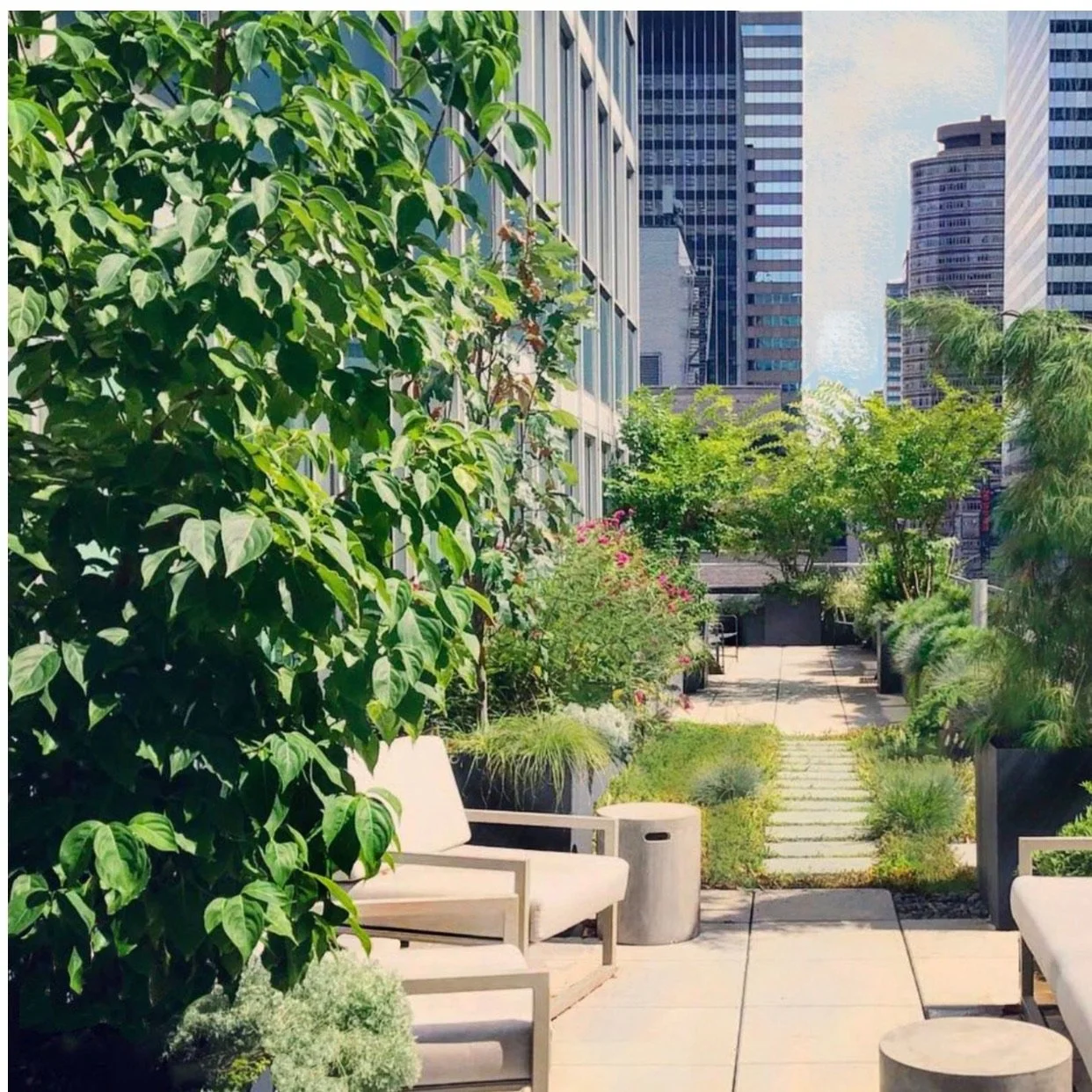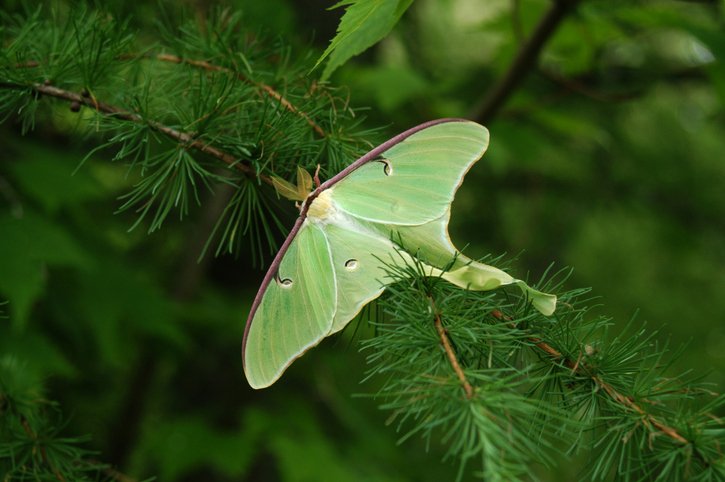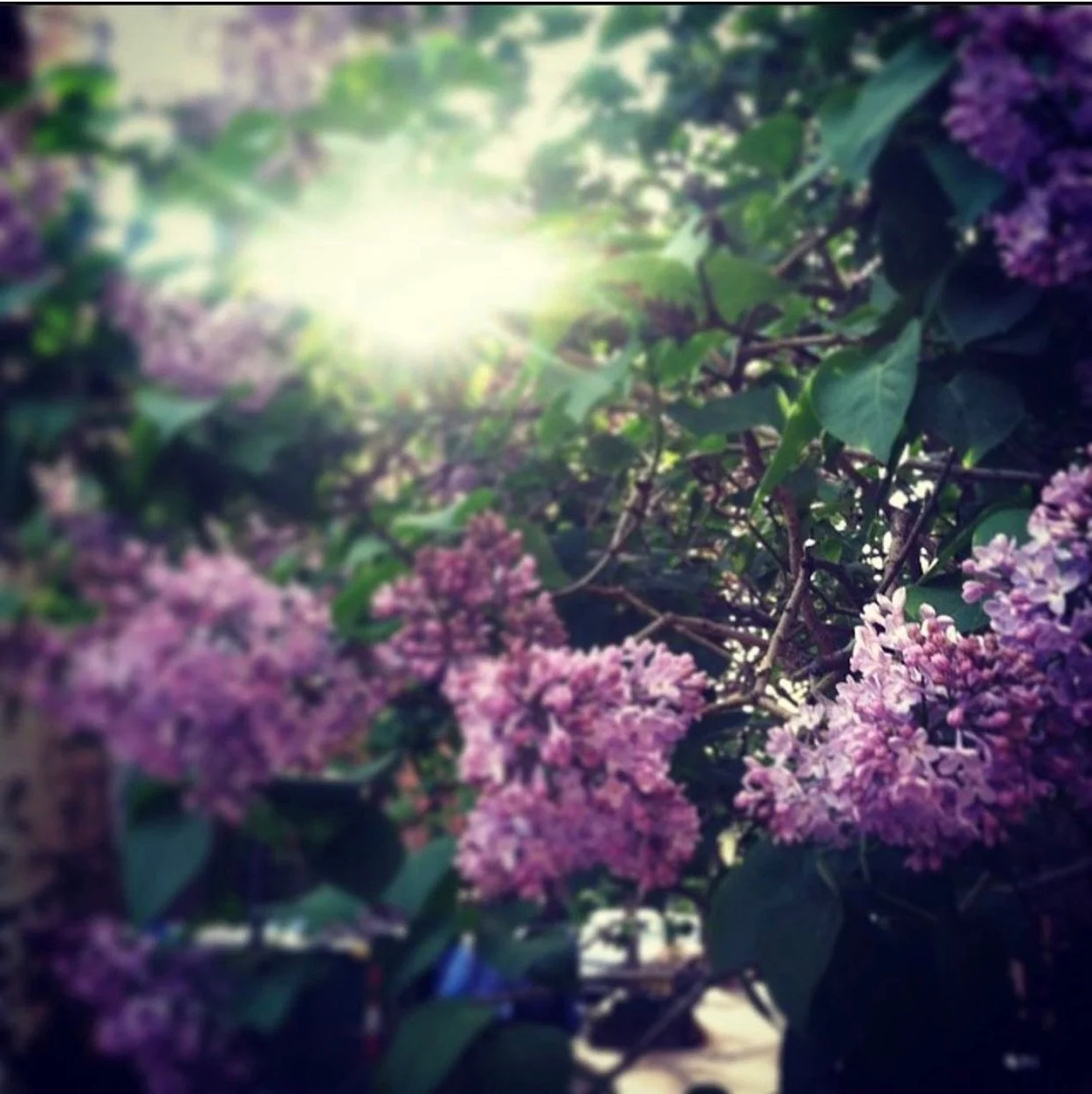The Grandes Dames of Landscape Design : 1880s-1950s
/Photograph by Kate Turney of Sissinghurst garden and tower interior, Sissinghurst Castle Garden, Biddenden Rd, Cranbrook TN17 2AB, UK. ©2016 Twelve Gardens Ltd. http://twelvegardens.com/blog/inspiration
If you are willing to meander a bit—to follow the garden path, not knowing where it leads— the history of landscape design will take you to some surprising spaces.
Consider an Ottoman sultan’s garden party, where sea turtles bore flaming candles on their shells, through the grounds and through the night on their way back to sea; or the loss of the Levens Hall estate over a simple game of cards; or King Louis XIV’s outrage at the splendor of Vaux-le-Vicomte’s unprecedentedly spectacular gardens, which led him to have its owner arrested.
Why is it that gardens, where we seek tranquility and connection to nature and to solace our jangling central nervous systems are so seeded with drama?
Gardens seem to grow stories alongside vegetation. They also seem to grow in close connection to the other arts.
Which brings us to : the doyennes of 1880s-1950s landscape design.
One hundred years ago, women rose to great prominence in landscape design at a time and place where women did not have much access to or choice of career in any field.
Though more doyenne than diva, they each had a curious connection to literary greats of their era, and were masterful artists of atmosphere, whose gardens unfolded like stories into views of and experiences in the landscape.
Photograph by Patrick Charpiat of enclosed gardens, designed by Gertrude Jekyll, at Barrington Court Manor, UK, 2006. Uploaded to Wikimedia Commons June 25, 2011.
Gertrude Jekyll 1843-1932, England
Story seedling : Robert Louis Stevenson borrowed her family’s last name for his famous novel Jekyll & Hyde.
One of the seminal garden designers influencing the field for decades to come, Jekyll studied fine arts in London and became a painter before she became a horticulturalist and landscape designer. She was influenced by the Arts & Crafts movement, and designed not just gardens but objects found in the garden. Her style is known for its striking and impressionistic use of color and texture in planting designs. (Piet Oudolf’s planting design drawings remind me a bit of Jekyll’s—perhaps a future post about different drafting styles of designers would be fun!).
Jekyll collaborated with architect Edwin Luytens on his projects and designed more than 400 gardens. She referred to herself, however, as a “working amateur.” http://gertrudejekyll.co.uk
Photograph by Frances Benjamin Johnston of Reef Point,” Beatrix Jones Ferrand House, Bar Harbor, Maine. Pathway. 1920. Library of Congress. ppmsca 16693 HTTP://HDL.LOC.GOV/LOC.PNP/PPMSCA.16693
Beatrix Jones Ferrand 1872-1959, USA
Story seedling : her aunt was novelist Edith Wharton.
Aside from the incredible Dumbarton Oaks, most of Beatrix Ferrand’s gardens no longer exist. In the US, we do not yet have the habit of maintaining landscapes as artworks as exists in some other parts of the world.
Founding mother of American landscape design, the self-taught Beatrix Ferrand had a marked influence on American gardens, designing hundreds of public and private spaces. Ferrand studied informally with knowledgable plantsmen and was heavily influenced by Jekyll and other major designers of the era. She was an early proponent of using native plants (moving garden design away from seasonal flowers to emphasis on perennial plantings) and of other ecologically friendly garden planning considerations.
The above hand-colored lantern slide of Ferrand’s personal garden was produced by another pioneering woman artist, Frances Benjamin Johnston, in 1920. For more of Johnston’s photos of NYC and countryside gardens of the era, check out http://twelvegardens.com/blog/2016/4/13/nyc-city-gardens-1920s-johnston-photographs-er4by
And for an in-depth re-assessment of Ferrand’s contributions, check out https://dirt.asla.org/2013/03/11/beatrix-farrand-gets-a-fresh-look/
Photograph by Kate Turney of Sissinghurst garden and tower interior, Sissinghurst Castle Garden, Biddenden Rd, Cranbrook TN17 2AB, UK. ©2016 Twelve Gardens Ltd. http://twelvegardens.com/blog/inspiration
Vita Sackville-West 1892-1962, England
Story seedling : her close friend / romantic partner was the literary giant Virginia Woolf. In fact, Vita was the muse for Virginia’s novel Orlando.
Vita and her husband architect Harold Nicolson together created one of England’s most compelling grand gardens, Sissinghurst. They hatched a garden divided into informal rooms, which Vita planted in themes. One garden room was planted entirely with white flowering perennials and shrubs. The structure and variation, simplicity and diversity of the garden has a powerful impact to this day.
Vita was also a writer and though she may have found it a chore she wrote a gardening column which others found very entertaining : http://www.theguardian.com/gnmeducationcentre/vita-sackville-west-notebook-teaching-resource-gnm-archive
And this highly maintained garden’s website : http://www.nationaltrust.org.uk/sissinghurst-castle-garden
Part 2 of Grandes Dames will take a look at influential women landscape designers of the second half of the twentieth century.
























